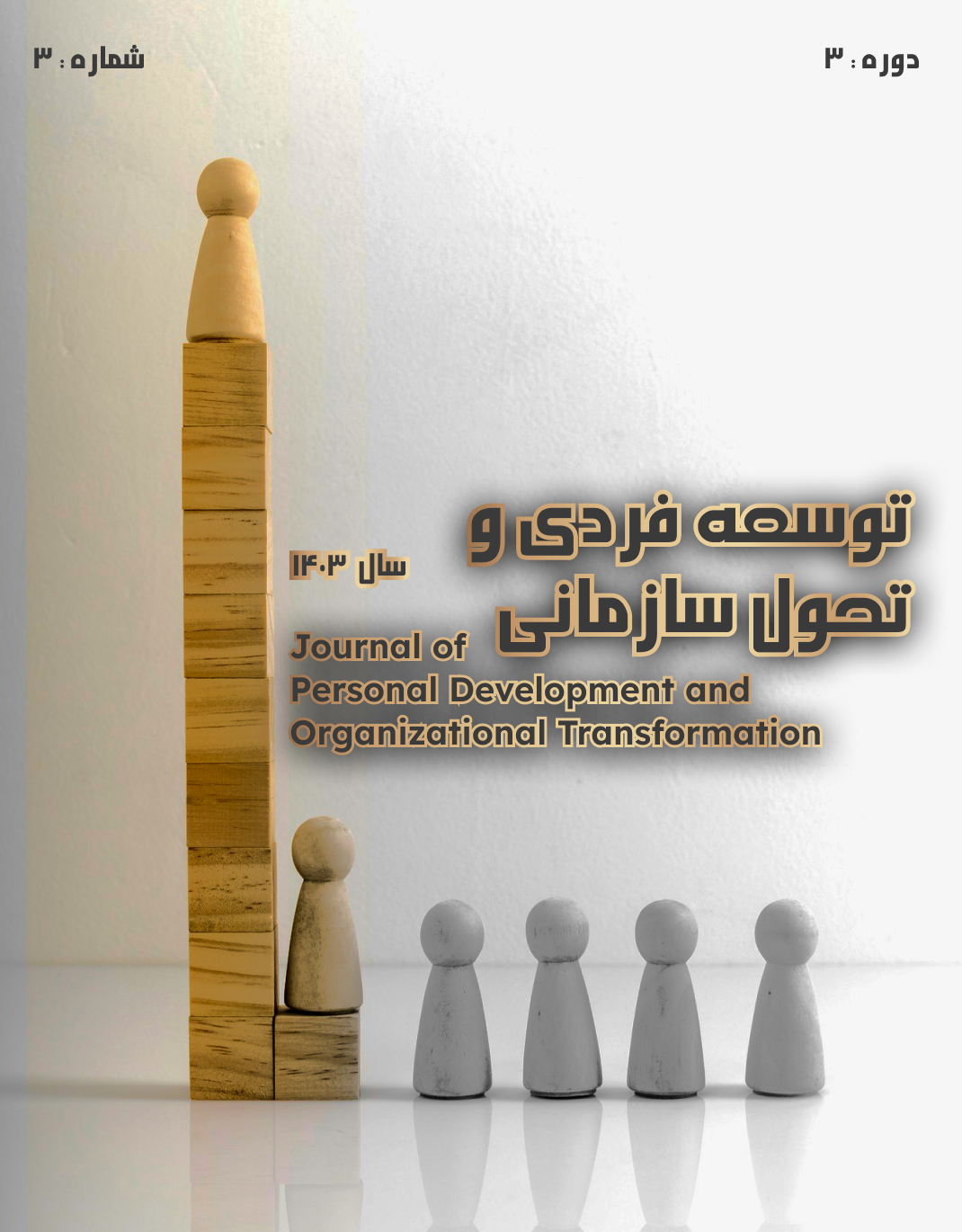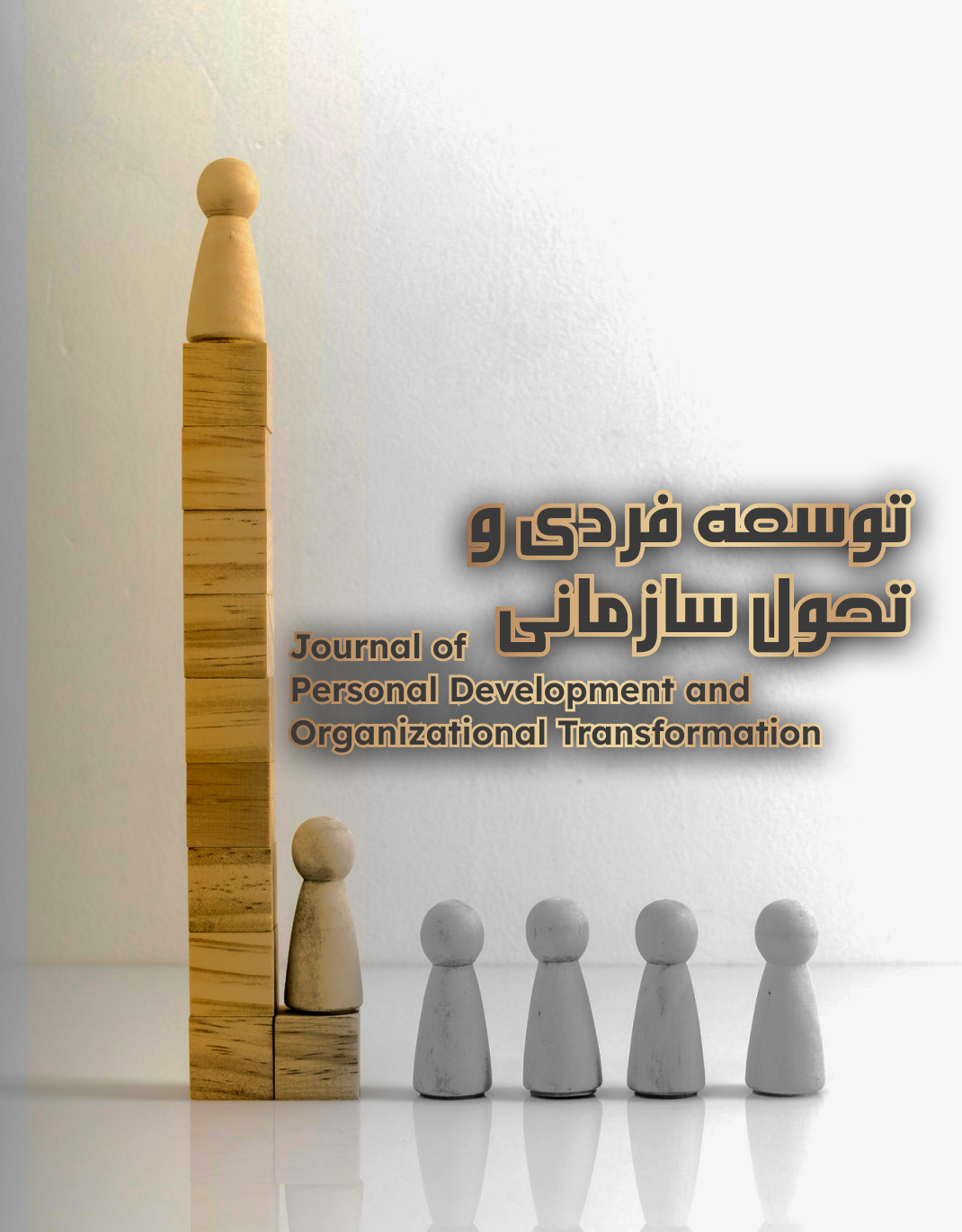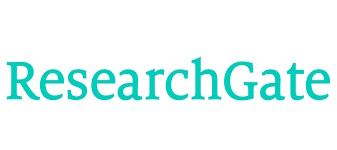Fitting and Validating the Emotional Online Shopping Model with a Neuromarketing Approach
Keywords:
Emotional online shopping, neuromarketing, structural equationsAbstract
This study aims to measure and validate the emotional online shopping decision model using a neuromarketing approach. A survey-based method was employed, using a researcher-developed questionnaire administered to a sample of 384 marketing management students. Structural equation modeling (PLS-SEM) using SmartPLS software was used to analyze the data. All factor loadings exceeded 0.4 and all outer loadings surpassed 0.7, confirming convergent validity and excellent model fit. The AVE values were above 0.5 for all constructs, supporting the measurement model’s validity. Z-values for all paths were above 1.96, and all five main hypotheses were confirmed at the 95% confidence level. Model fit indices showed strong validity with SRMR = 0.032 and NFI = 0.924. The confirmed paths include causal conditions to core category (β=0.565, t=13.97), core category to strategies (β=0.112, t=3.078), strategies to consequences (β=0.384, t=7.159), contextual conditions to strategies (β=0.525, t=11.596), and intervening conditions to strategies (β=0.402, t=8.729). The emotional online shopping decision model based on neuromarketing demonstrates acceptable reliability, convergent and discriminant validity, and excellent overall model fit. The results highlight the crucial role of neurological and cognitive factors in emotional online purchasing decisions.
Downloads
References
Agarwal, S., & Dutta, T. (2015). Neuromarketing and consumer neuroscience: Current understanding and the way forward. DECISION, 42(4), 457-462. https://doi.org/10.1007/s40622-015-0113-1
Aragoncillo, L., & Orús, C. (2018). Impulse buying behaviour: An online-offline comparative and the impact of social media. Spanish Journal of Marketing - Esic, 22(1), 42-62. https://doi.org/10.1108/SJME-03-2018-007
Balsdon, T., & Clifford, C. W. (2017). A bias-minimising measure of the influence of head orientation on perceived gaze direction. Scientific reports, 7(1), 1-10.
Bercea Olteanu, M. D. (2015). Neuroethics and responsibility in conducting neuromarketing research. Neuroethics, 8(2), 191-202. https://doi.org/10.1007/s12152-014-9227-y
Beyari, H., Hashem, T. N., & Alrusaini, O. (2024). Neuromarketing: Understanding the effect of emotion and memory on consumer behavior. Journal of Project Management, 9(4), 323-336. https://doi.org/10.5267/j.jpm.2024.9.001
Burton, J. L., Gollins, J., McNeely, L. E., & Walls, D. M. (2019). Revisiting the relationship between ad frequency and purchase intentions. Journal of Advertising Research, 59(1), 27-39. https://doi.org/10.2501/JAR-2018-031
Cueva, C. J., Saez, A., Marcos, E., Genovesio, A., Jazayeri, M., Romo, R., Salzman, C. D., Shadlen, M. N., & Fusi, S. (2020). Low-dimensional dynamics for working memory and time encoding. Proceedings of the National Academy of Sciences, 117(37), 23021-23032. https://doi.org/10.1073/pnas.1915984117
Dalenberg, J. R., Hoogeveen, H. R., & Lorist, M. M. (2018). Physiological measurements: EEG and fMRI. In Methods in Consumer Research (Vol. 2, pp. 253-277). Woodhead Publishing.
Ding, Y., DeSarbo, W. S., Hanssens, D. M., Jedidi, K., Lynch, J. G., & Lehmann, D. R. (2020). The past, present, and future of measurement and methods in marketing analysis. Marketing Letters, 31(2-3), 175-186. https://doi.org/10.1007/s11002-020-09527-7
Falebita, O. A., Ogunlusi, C. F., & Adetunji, A. T. (2020). A review of advertising management and its impact on consumer behaviour. International Journal of Agriculture Innovation, Technology and Globalisation, 1(4), 354. https://doi.org/10.1504/IJAITG.2020.111885
Ghazvini, N. S., Nazari, E., Salleh, N. Z. M., & Baharun, R. (2024). The Role and Application of Artificial Intelligence in Neuromarketing Research Based on Electroencephalography (EEG). International Journal of Academic Research in Business and Social Sciences, 14(12), 1556-1567. https://doi.org/http://dx.doi.org/10.6007/IJARBSS/v14-i12/24111
Gogoi, B., & Shillong, I. (2020). Do impulsive buying influence compulsive buying? Academy of Marketing Studies Journal, 24, 1-15.
Hilderbrand, M. L. (2016). Neuromarketing: An essential tool in the future of advertising and brand development [Doctoral dissertation,
Khan, M., Tanveer, A., & Zubair, S. S. (2021). Impact of sales promotion on consumer buying behavior: A case of modern trade, Pakistan. Governance and Management Review, 6(1). http://journals.pu.edu.pk/journals/index.php/gmr/article/view/4230
Khondakar, M. F. K., Sarowar, M. H., Chowdhury, M. H., Majumder, S., Hossain, M. A., Dewan, M. A. A., & Hossain, Q. D. (2024). A systematic review on EEG-based neuromarketing: recent trends and analyzing techniques. Brain Informatics, 11(1), 17. https://doi.org/10.1186/s40708-024-00229-8
Kumar, A., Chaudhuri, S., Bhardwaj, A., & Mishra, P. (2020). Impulse buying and post-purchase regret: A study of shopping behavior. International Journal of Management, 11, 614-624. https://ssrn.com/abstract=3786039
López-Gil, J. M., Virgili-Gomá, J., Gil, R., & García, R. (2016). Method for improving EEG based emotion recognition. Frontiers in Computational Neuroscience, 10. https://doi.org/10.3389/fncom.2016.00085
Papić, T., Mihajlović, A., & Gajić, J. (2023). Advanced Technologies as a Framework for Sustainable Marketing Campaigns (AI Application in Neuromarketing). 180-184. https://doi.org/10.15308/sinteza-2023-180-184
Singh, P. (2023). What Do You Need to Know? A Systematic Review and Research Agenda on Neuromarketing Discipline. Journal of Theoretical and Applied Electronic Commerce Research, 18(4), 2007-2032. https://doi.org/10.3390/jtaer18040101
Yarosh, O. B., Kalkova, N. N., & Reutov, V. E. (2021). Consumer emotions when making an online purchase decision: results of neuromarketing experiments. Upravlenec, 12(4), 42-45. https://doi.org/10.29141/2218-5003-2021-12-4-4
Downloads
Published
Submitted
Revised
Accepted
Issue
Section
License
Copyright (c) 2025 حسنا افقهی , وحید مکی زاده, محمد غفورنیا (نویسنده)

This work is licensed under a Creative Commons Attribution-NonCommercial 4.0 International License.







